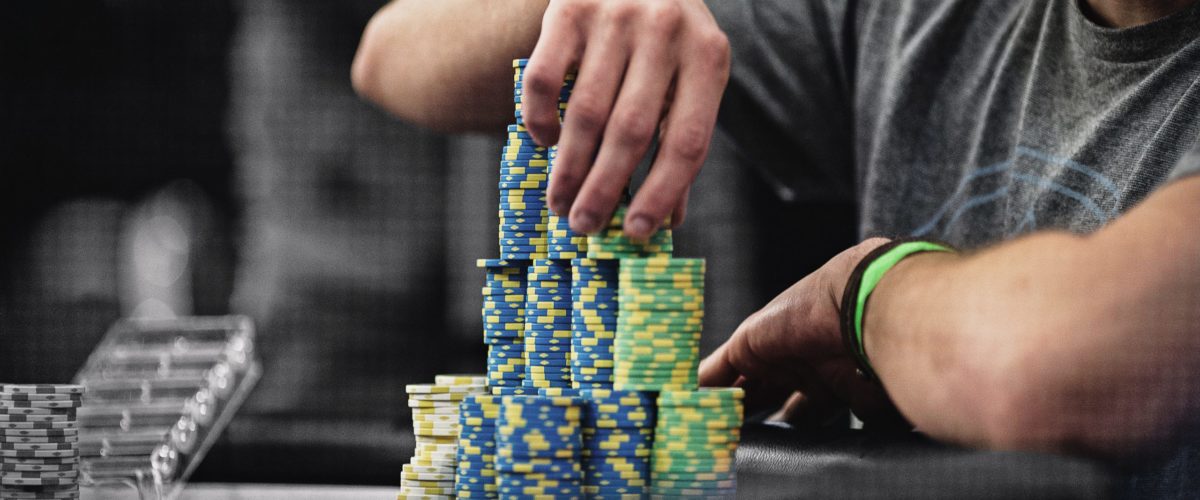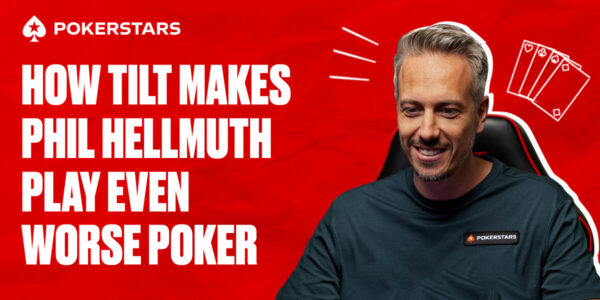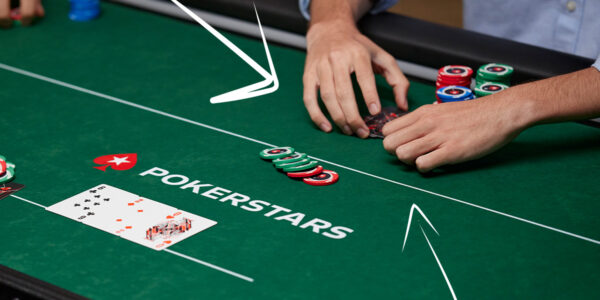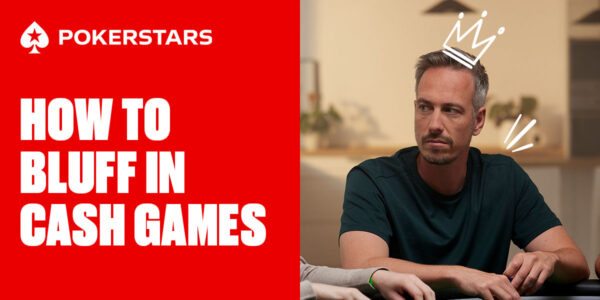Inside the Mind of a Pro – When the River Ruins Everything
I must confess. I much prefer reviewing winning hands to losing ones. It’s not that I don’t lose hands; I just like to sweep them under the carpet forever and call them coolers. Don’t be like me.
Scrutinise your losses and look for improvements. You won’t always be able to change the result of a losing hand, but you can always learn something by doing some review. If you make a mistake, it’s essential to ask exactly why the mistake occurred and what you could have done to prevent it. Let’s take a look at a 100NL ZOOM spot where the river destroyed my hand strength. I have a feeling I might have failed to react well enough to this grotesque card falling.
Pre-Flop
I am dealt Q♣ 10♠ in the BB and a regular in the BU opens to $2.50. The SB folds and I make the call. Not much to say here. I can 3-Bet this hand as a bluff sometimes causing Villain to fold some dominating bigger cards or Ace-High. Whenever your hand can get lots of better hands to fold, it is worth 3-Betting some of the time as a bluff in the BB. Therefore, 3-Betting this hand makes more sense than something like A8o which only really folds out worse.


Flop
The flop ($5.50) is K♦ J♦ 2♠ . I check and Villain makes a larger c-bet of $4.15. This sizing is accurate for this flop. Villain has a large range advantage here and wants to bet often. He has the nuts a lot more often than I do since it is impossible for me to have hands like AA, KK, JJ, and KJs. This flop is also very dynamic though and this makes Villain inclined to get his value sooner rather than later, giving my draws a worse price to call when he has a value hand. He should not be betting hands like J9 for this sizing. He should use it more for clear value bets and bluffs.
When you face a large c-bet, you want to raise more polarised than you would against a small one. This means that while I can raise sets, some two pair, and a few bluffs, I will not be raising with a hand like KQo vs. this bet and will be raising rarely. The more polarised your opponent’s range, the more polarised you should raise.
My hand could be an occasional check/raise, but not holding a diamond, it will mostly choose to call. The theme here is that you need to control your bluffing frequency and should therefore choose to build the bigger pot mainly with a hand that can make flushes if the board happens to run out with another two diamonds.
Turn
The turn ($13.64) is the 9♥ , a dream come true. Not only have I hit a nine, but I’ve dodged the diamond one.
I check and Villain bets $6.48. This half pot sizing is a bit smaller than I would expect. This might mean that Villain has a capped range and is just betting the strength of his hand or it could just be his standard sizing. In any case I must raise now and get that pot growing against all of his second-best hands. This street plays itself. When it comes to sizing, my only real aim is to set up around a pot-sized river shove and so I make it $29.00. This might look large but remember that the pot grows to $25 when I call Villain’s bet and I’m only making it another $22.52 for him to call.
Villain does make the call and I get ready to jam the river, until that is, I see what it is.
River
The river ($71.64) is a board pairing diamond – the worst possible outcome. What am I to do on this wretched 2♦ ? The effective stack is now just ($71.08).
Well, in game I knew that shoving was now out of the question, but I thought my range might want to use quite a few thin value bets. I have no full houses and Villain has all of them so no doubt this is a real stinker of a card. I felt quite unsettled here and could tell that my mind was more chaotic and muddled than normal.
It turns out that in theory I am meant to use some small bets here, mainly with a flush or a bluff. A straight, however is just too weak of a hand to value bet here and my plan should be to check/fold. If Villain was very creative, it would be okay to check/call, but let’s face it. People just aren’t turning top pair into a bluff on this river like they’d need to be to make me consider calling a river shove. I should certainly check/fold.
I ended up betting $22.12 – yuck – this is far too thin. Villain shoves and I make the fold, but how did I end up making this lousy bet?
This hand illustrates a concept I call fortune reversal. When you’re on cloud 9 and then something happens that destroys your hand strength, there is a conflict between the positive feeling of the turn and the horrible negative feeling of the river. This emotional turmoil can easily distort your logical reasoning and cause mistakes. The reason my subconscious wanted to block bet was not because it thought there was any value in doing so but because it was still hanging onto some of the positive emotion from the turn. If I had taken a bit of extra time here and distanced myself from the emotional reactions in my brain, I could have found the check/fold.
Conclusion
When things go from very good to very bad in a split second, it is essential to give yourself the time to process the change and avoid acting on the cocktail of emotion firing in your mind. Counting to ten and taking a couple of deep breaths can help you restore your equilibrium and see the new situation as it truly is.
This is why it’s important not to sweep poorly played hands under the carpet. There is a very real biological reason that I underperformed here and it is up to me to diagnose and treat the faulty mental wiring.














